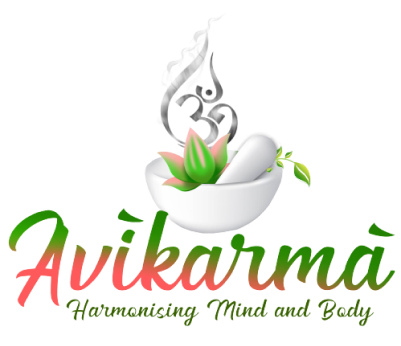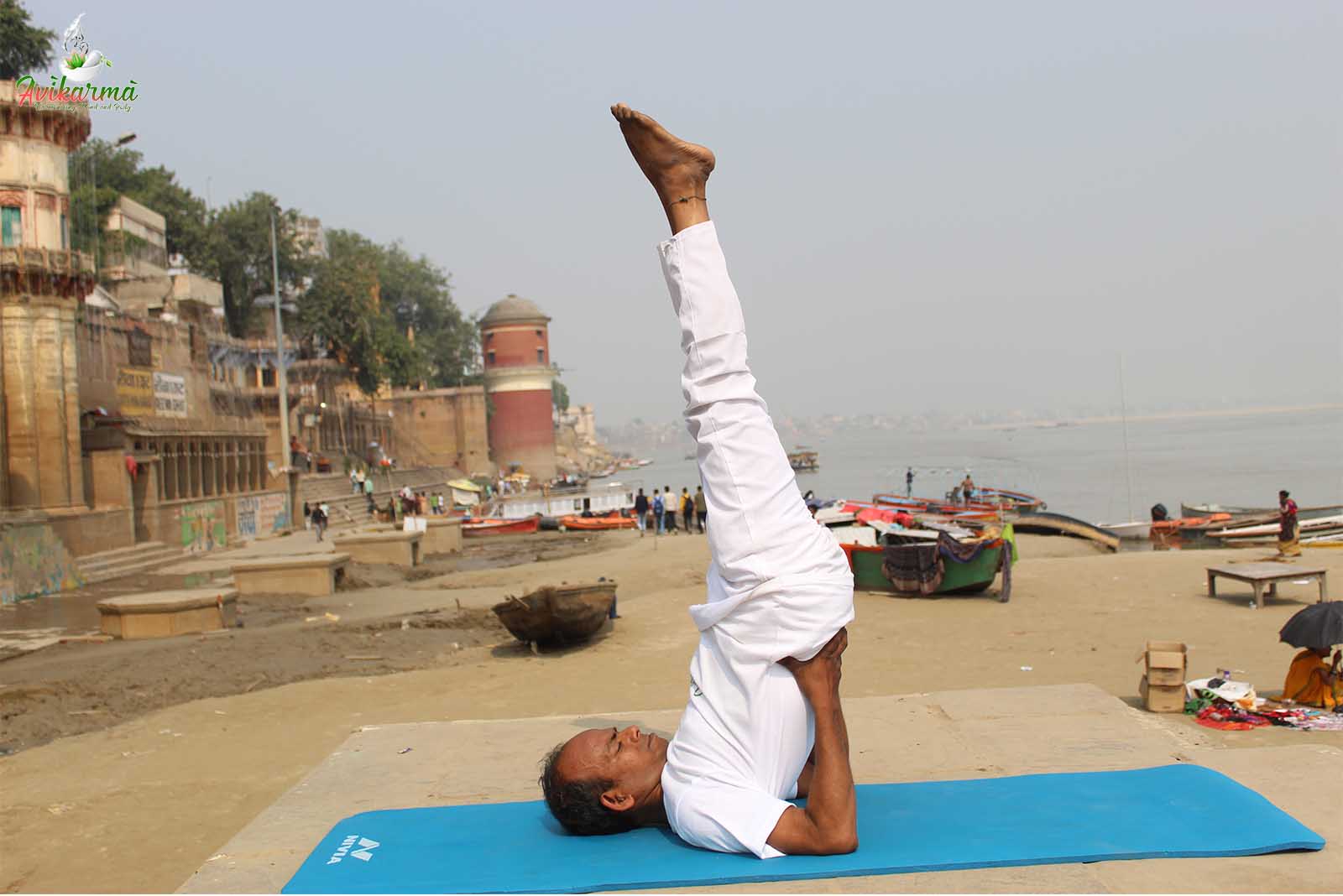Salamba sarvangasana
Salamba sarvangasana is an inversion asana that is often included at the end of a yoga practice in order to encourage cleansing blood flow and an inner sense of calm. The term is derived from the Sanskrit salamba, meaning “supported,” sarva, meaning “all,” anga meaning “limb,” and asana, meaning “pose” or “posture.”
Relieves stress and nervous disorders. Eases migraines and stress-related headaches. Alleviates hypertension and insomnia. Reduces palpitations. Improves the functioning of the thyroid and parathyroid glands. Relieves cervical spondylosis and shoulder pain. Relieves bronchitis, asthma, sinusitis, and congestion. Prevents varicose veins. Alleviates ulcers, colitis, chronic constipation, and haemorrhoids.
- Lay down on your yoga mat, aligning your body with the blankets as suggested above. With legs bent and feet on the floor (as if setting up for Bridge pose), begin to walk your shoulders underneath your upper back, feeling the chest rise gently.
- Lift your hips off the mat coming into Bridge pose and extend your arms onto the ground, palms facing down as if your hands could touch your heels.
- Press firmly into the palms, using them as leverage to lift onto the balls of the feet and extend one leg up.
- Bend at the elbows, place your hands on your low back (creating a shelf), then extend the next leg up. Once you raise the legs, don’t turn your head to the side to look around the room as this can injure your neck. Instead, keep your gaze upward and your neck straight.
- Lift up through the balls of your feet, walking your hands further up the back for more stability. Feel the chest reaching toward the chin to support opening the upper back.
- Move your hips toward the front of the room and your feet toward the back of the room to straighten the body. This helps you get into the correct alignment, which is the hips over the shoulders and feet over the hips. (If you don’t use blankets or other supports, do not bring your body fully vertical.)
- Stay in the pose for up to 10 breaths.
- Come out of Shoulderstand by bringing your feet back over your head to come through Plow pose, rolling out from Plow slowly.

